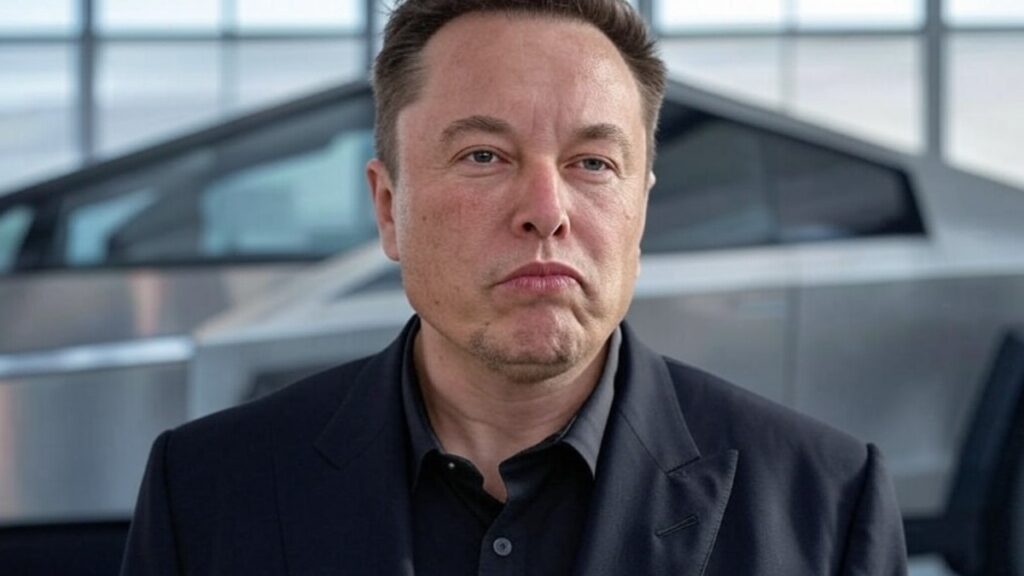How did Elon Musk transform from a reserved, introspective child in South Africa into the leader of some of the globe’s most innovative companies? Tesla, SpaceX, PayPal, Neuralink, and Twitter — they form parts of a much grander vision. Beyond the buzz and headlines, one persistent question arises: is there a unifying thread linking them all?
The answer appears to reside not in a singular revolutionary idea, but rather in a recurring approach to decision-making that is often bold, sometimes daring, and consistently unconventional.
A Mindset Formed Early
Born in Pretoria in 1971, Elon Musk’s childhood might be described as ordinary, save for one defining detail: his early fascination with technology and space. By age 12, he had sold his first piece of software — a video game called Blastar. While it didn’t make him wealthy, it sparked a sense of possibility that would drive him forward.
After relocating to Canada and subsequently the U.S., Musk pursued studies in physics and economics. He landed in a PhD program at Stanford but left after just two days to chase business opportunities. This pivotal choice set the stage for his future: prioritising action over academia and embracing risk over safety.
Diversification with a Clear Vision
Examining Musk’s various ventures reveals a distinct pattern. Each company taps into a different industry: finance with PayPal, automotive with Tesla, aerospace with SpaceX, social media with Twitter (now branded as X), and neurotechnology with Neuralink.
At first glance, these sectors might seem unrelated, but they collectively align with broader themes that Musk consistently emphasises: sustainability, minimising human reliance on Earth, and enabling advanced, data-driven systems. Whether aiming for Mars colonisation or advancing electric vehicle technology, Musk’s overarching goal centres on ensuring long-term survival and global efficiency.
The Strategy: High Risk, High Commitment
Musk is famous for pouring substantial financial and personal resources into his initiatives. When Tesla teetered on the brink of bankruptcy, he injected his own funds to keep the company afloat. During the early setbacks at SpaceX, he persevered through a series of rocket launches until one finally succeeded.
His approach is seldom a hands-off one. Musk often engages deeply with the technical aspects of his projects. While this can be perceived as a strength, critics argue it may lead to micromanagement or hasty decisions. Regardless, his involvement remains a crucial component of his companies’ operations.
Communication as a Tool (and a Risk)
A vital element of Musk’s strategy is his preference for direct communication—most notably via Twitter, which he now owns. This channel enables him to shape public opinions, interact with detractors, and make announcements without gatekeepers. However, this strategy carries its own set of risks: adverse market reactions, public backlash, and legal ramifications have often followed his tweets.
This tendency also extends to his leadership style. Former employees describe him as intense, a quality that has driven results but also attracted criticism for fostering high-pressure work environments.
A Strategy in Motion
It’s tempting to frame Musk’s trajectory as a meticulously crafted master plan; however, many of his choices seem more reactive, instinctual, or curiosity-driven than strategically premeditated. Nonetheless, several key principles remain consistent:
- Act swiftly in emerging sectors
- Invest substantially, including personally
- Control the narrative directly
- Embrace volatility, as integral to growth
- Maintain audacious, long-term goals
As Musk’s empire continues to evolve, so does his strategy. Whether these decisions will yield success in the long run remains uncertain. One thing is clear, though: Musk forges his own path—step by step, risk by risk—without adhering to conventional routes.







